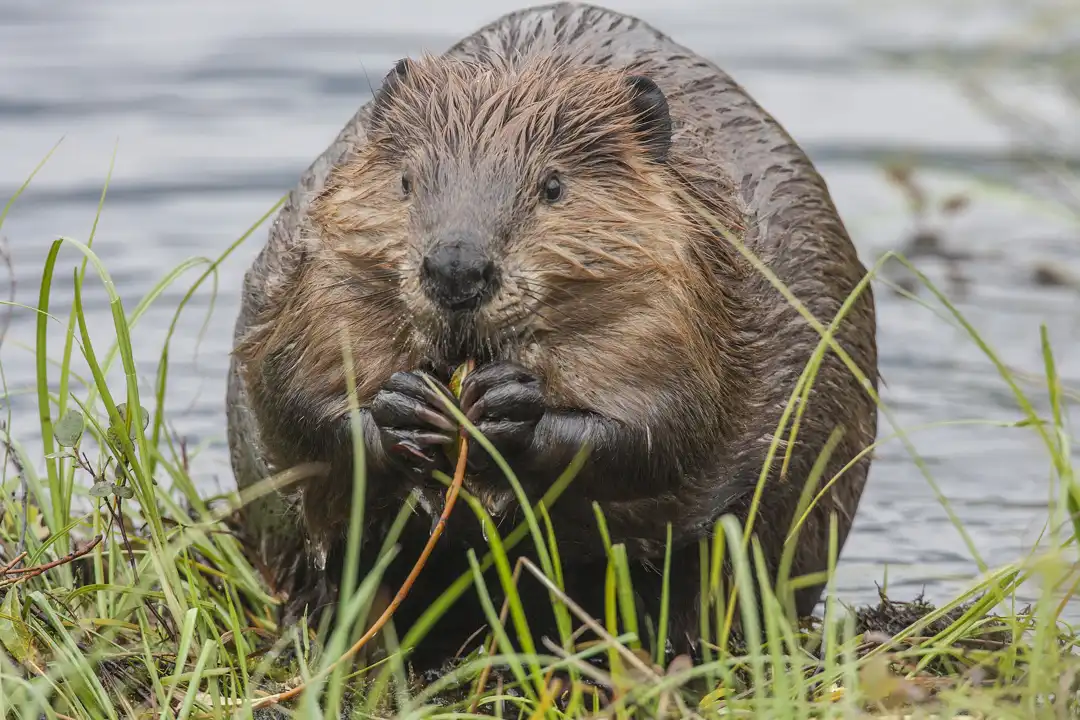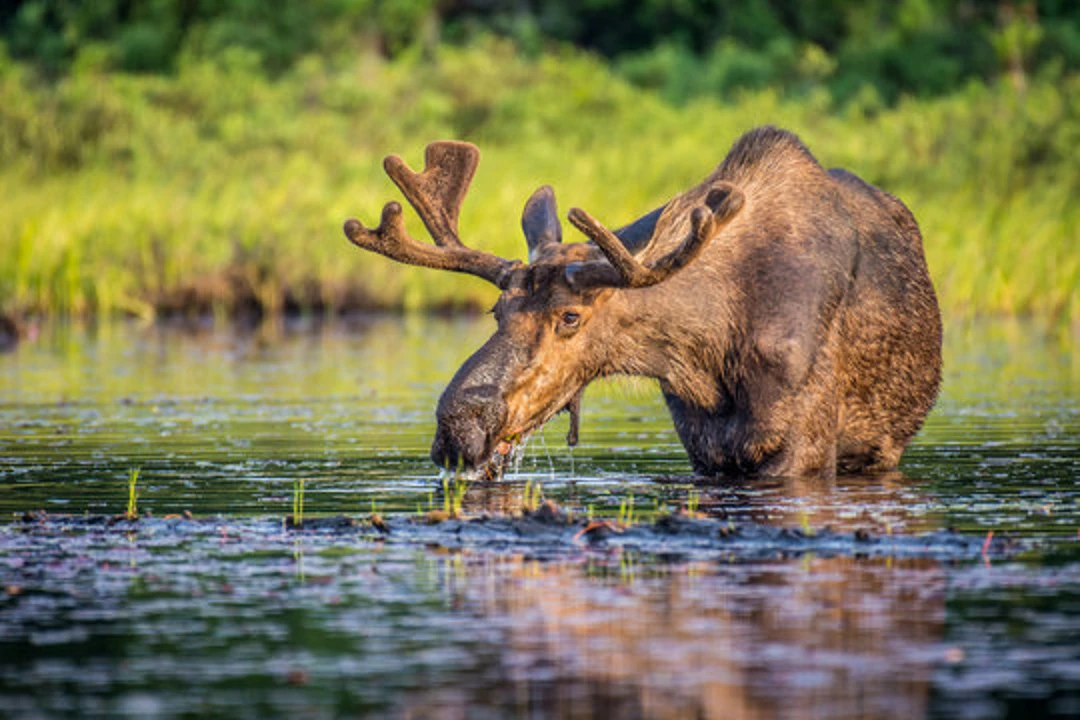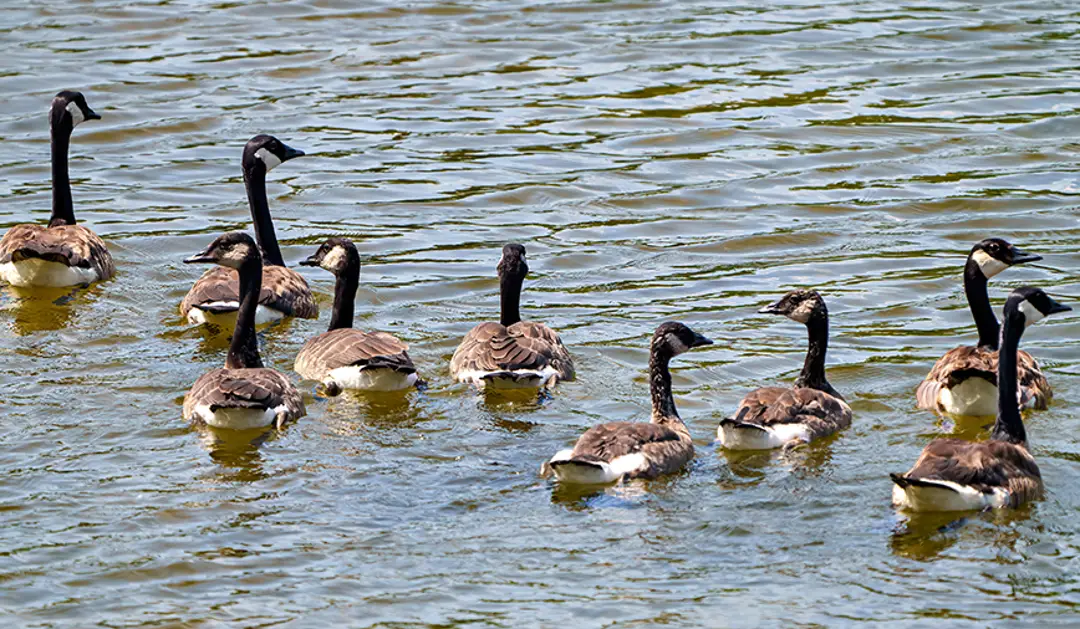This article looks at the diverse array of national symbols in Canada, including the country’s official symbol, the beaver. These symbols communicate Canadian values and illustrate that the nation is full of natural beauty.
Asking why the beaver was chosen is the basis for exploring the impact and symbolism of this animal.
The article describes the types of landscapes in Canada where the beaver can be found, shares how it has been incorporated into Canadian culture and art, and helps people appreciate the significance of the beaver, as well as other symbolic animals shaping the Canadian identity.

What Is the National Animal of Canada?
The beaver is the official national animal of Canada.
It’s not what people might expect, but the beaver is very much an iconic Canadian animal.
Declared the country’s national animal in 1975, it stands for more than just a big rodent with a flat tail and a pair of sharp front teeth.
It’s deeply intertwined with the history of Canada and the country’s national identity.

The beaver was very important to the story of Canada, particularly during the fur trade.
At the time, beavers were very fashionable animals because they had thick coats.
They helped create economic partnerships and were instrumental in the relations between the Indigenous and the Europeans. The beaver is synonymous with the values of being hard-working and working together, important values and characteristics of people in Canada.
Just as beavers build dams, the people of Canada have worked hard together to create a great land. That symbolism is something that has inspired pride in the nation.
Where Can You See Beavers in Canada?
Seeing a beaver in the wild is a fun experience! Below are some of the best spots across Canada to see beavers in action:
Banff and Jasper National Parks: Nestled in the Rockies, these parks offer stunning views and the chance to see beavers working away in the wild.
Algonquin Provincial Park: This park in Ontario is known for its lush landscapes and diverse wildlife, including plenty of beavers.
Prince Edward Island’s Wetlands: The tranquil wetlands here are home to many beavers. Keep an eye out for their tell-tale lodges and dams.
When heading into wilderness, be on the lookout for beavers too. Their dams are works of art and if you’re really observant, you might just spy a tree or two that’s been felled by beaver teeth. And if you’re super lucky, you might even see a beaver lodge made of sticks and mud. Be on the lookout. They’re cool and worth seeing!
Beavers in Canadian Culture and Symbolism
You can’t miss the beaver if you know where to look! Just take out a Canadian nickel? There is one, standing proudly on the coin.
They’re on stamps, happily trudging across bills, and they’re even part of the emblem of Parks Canada, which oversees the country’s national parks.
It’s pretty obvious that protecting the environment is a big deal around here.

Aside from the official side, you’ll also see some unexpected incarnations of the animal.
For example, the beaver was a prominent feature in the logo of the Hudson’s Bay Company, a corporation with a long history in the fur trade.
It really shows how ingrained the beaver is in Canada’s economic and cultural history. Also, did you know beavers are the second-largest rodent in the world? (Only the capybara is bigger).
Those lodges and dams they build aren’t just a home — they are an engineering marvel! And it’s no wonder that beavers have such a strong place in Canadian life and imagery.
Other Symbolic Animals Of Canada
Moose
Cultural Symbolism: The moose is a fascinating creature that captures the rugged beauty of Canada’s wilderness. Often seen as a symbol of strength and endurance, it embodies the spirit of the country’s vast landscapes and untamed nature.
Eating Behavior: Moose are primarily herbivores and spend a lot of their time munching on leaves, twigs, and aquatic plants. They have an appetite that matches their size!
Place to Visit: Algonquin Provincial Park and Gros Morne National Park are excellent places to catch a glimpse of these magnificent creatures.
Tips for Visiting: Moose are more active at dawn and dusk, so your best chance of seeing one is during these times. Keep your distance and admire them from afar to ensure both your safety and theirs.

Canada Goose
Cultural Symbolism: The Canada goose is a true icon, often representing the beauty and freedom of the Canadian sky. Known for their impressive migrations, these birds symbolize loyalty and community as they help each other on their long journeys.
Eating Behavior: Canada geese are grazers and are usually seen nibbling on grass, grains, and aquatic vegetation. They’re adaptable and can thrive in various environments.
Place to Visit: Visit Cape Breton Highlands and Point Pelee National Park to marvel at these birds in their natural habitat.
Tips for Visiting: Bring binoculars to watch them fly in a perfect “V” formation. Remember not to feed them, as it can disrupt their natural diet.

Polar Bear
Cultural Symbolism: The polar bear is an emblem of the stark, beautiful north. Majestic and powerful, it serves as a reminder of the natural wonders and the harsh, yet beautiful environments of Canada.
Eating Behavior: Mainly carnivorous, polar bears primarily hunt seals on the sea ice, showcasing their incredible hunting skills and adaptability to extreme climates.
Place to Visit: Churchill in Manitoba is famously known as the “polar bear capital of the world” and is the perfect spot to observe these amazing animals.
Tips for Visiting: Always go with a guide when trying to spot polar bears for your safety and theirs. Visit between October and November for the best chances to see them up close.

FAQ
1. What is a unique fact about beavers?
Beavers are the world’s second-largest rodents.
2. What do beaver dams and lodges symbolize?
They are symbols of engineering skill and resourcefulness.
3. Why is the polar bear important to Canadian culture?
The polar bear is a symbol of the majestic and harsh northern environment.
4. Can you feed Canada geese in parks?
It’s best not to feed them, as it disrupts their natural diet.
5. Are there rules to follow when trying to spot polar bears?
Yes, always go with a guide to ensure safety for both you and the bears.
Conclusion
The beaver is more than a symbol—it’s a national icon that reflects Canadian values like hard work, cooperation, and perseverance.
From history to modern life, it connects past and present, showing how wildlife and national symbols shape identity.
In understanding the beaver’s role, we gain insight into Canada’s spirit—one that values unity, heritage, and a deep connection to nature.
